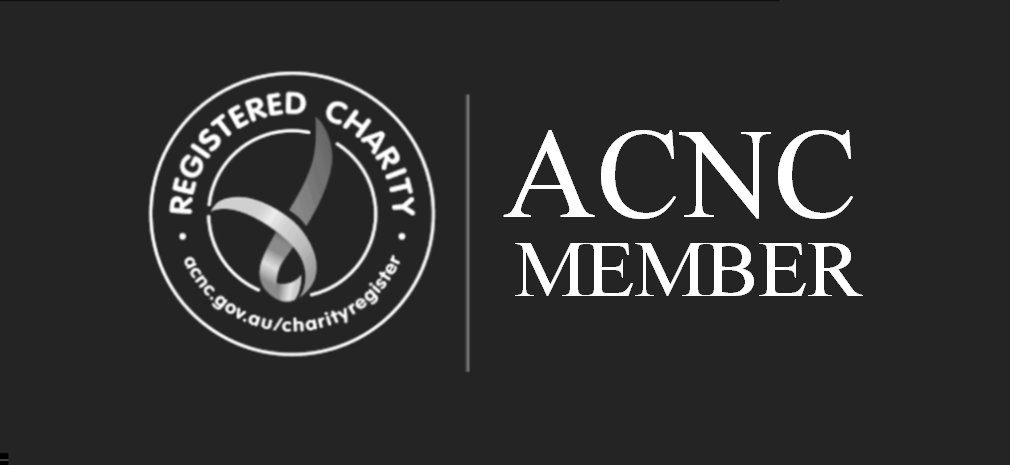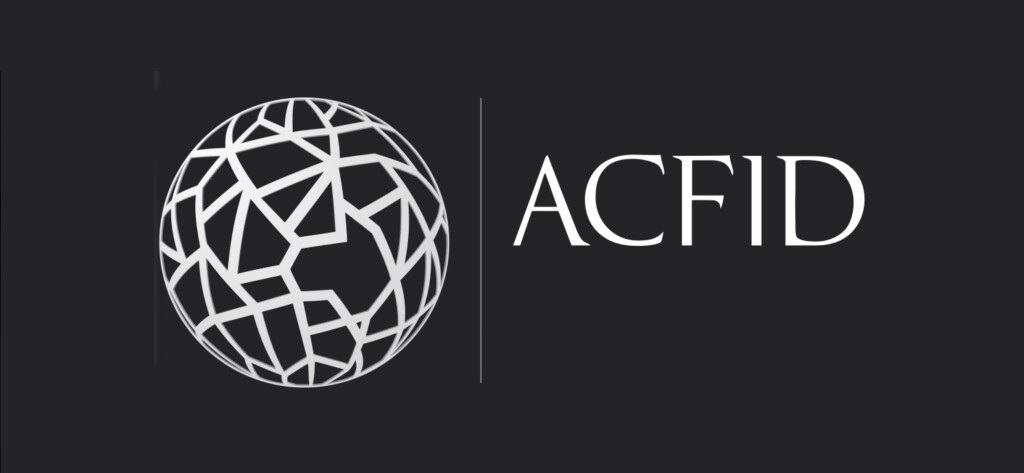Verifier
- Any financial reports do not inaccurately claim zero expenses or otherwise understate the amount spent on public fundraising and administration and/or overstate development expenditure.
- If reporting financial ratios, Members will apply ACFID’s Financial Definitions in their calculations and accompany any use of ratios with a note explaining how these have been determined.
Guidance
This Compliance Indiactor requires your organisation to truthfully and transparently disclose all costs incurred in the donation program.
In your organisation’s Annual Report, you will need to include discussion and analysis on your organisation’s expenditure in key reporting categories including program costs, community education, fundraising costs, accountability and administration costs. Where your organisation uses financial ratios to communicate with stakeholders, you should also attach a note, providing information on how the ratio has been determined. For example:
- Administration Expense ratio (total administration expense/total expenses);
- Program Expense ratio (total program expenses/total expenses);
- Fundraising Expense ratio (total fundraising expenses/total expenses);
- Cost of Fundraising ratio (total fundraising expenses/total fundraising revenue.
- Charts or graphs that provide information about the composition of the signatory organisations assets or information about revenue or expenses over say a five year period.
Honest communication with donors may require your organisation to explain to donors that in order to run an organisation and use funds effectively, there are unavoidable regulatory and administrative overheads, and important investments in staff and management systems. For example, some organisations may advise donors that a nominated percentage of a donation towards a particular appeal will be deducted to contribute towards administrative expenses for receiving and receipting donations for that appeal. Alternatively, if your organisation intends to distribute all donated funds directly to a project, explain to donors how the costs incurred in administration and fundraising are being covered (such as through other funds, volunteers, retained earnings, a bequest etc.)
ACFID’s Financial Definitions can be found in the Definitions section of ‘Use the Code’ on the ACFID website.



